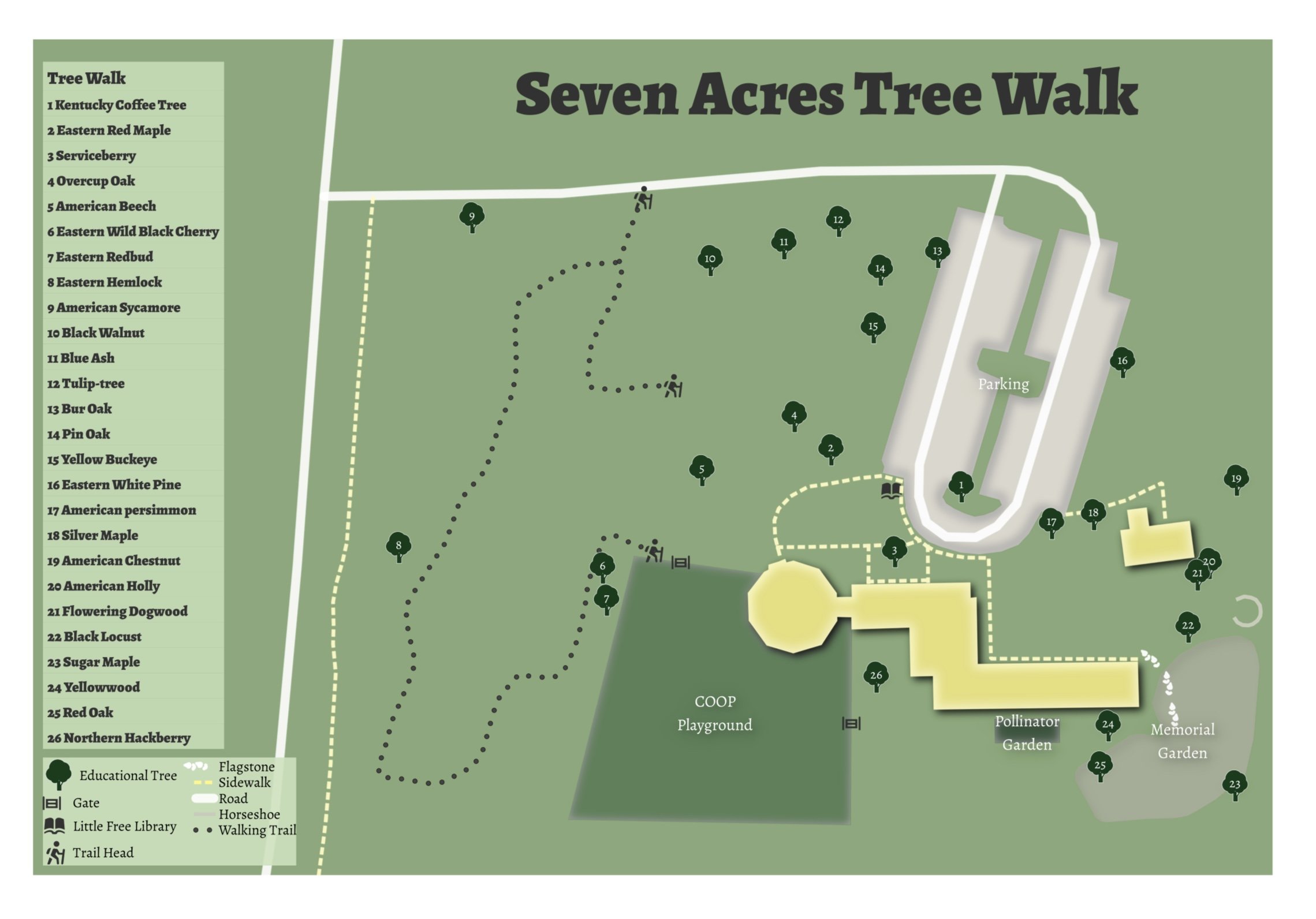Eastern Redbud
Cercis canadensis
Dimensions:
Height: 20’ - 30’
Mature spread: 20’ - 35’
Trunk Diameter: 8” - 12”
Habitat and Range:
common throughout the state and is planted ornamentally in lawns and gardens
occurs in the forest understory in moist rich woods, along the banks of streams, in ravines, on bluffs, in open rocky woods and abandoned farmlands
Features:
flowers of redbud are produced on the trunk and at the base of all branches, except the current year’s new shoots
these clustered, scentless pink to lavender pea-shaped flowers emerge before the leaves and are edible; they make a tasty and nutritious garnish
Eastern redbud is one of first trees to bloom in early spring and looks stunning with dogwoods, which bloom around the same time
redbud flowers are attractive to hummingbirds, butterflies and bees
History:
Native Americans used the roots and bark for medicinal purposes and to add color to baskets
George Washington and Thomas Jefferson were known to greatly appreciate redbuds
Native Americans boiled the bark to make tea for treatment of whooping cough










